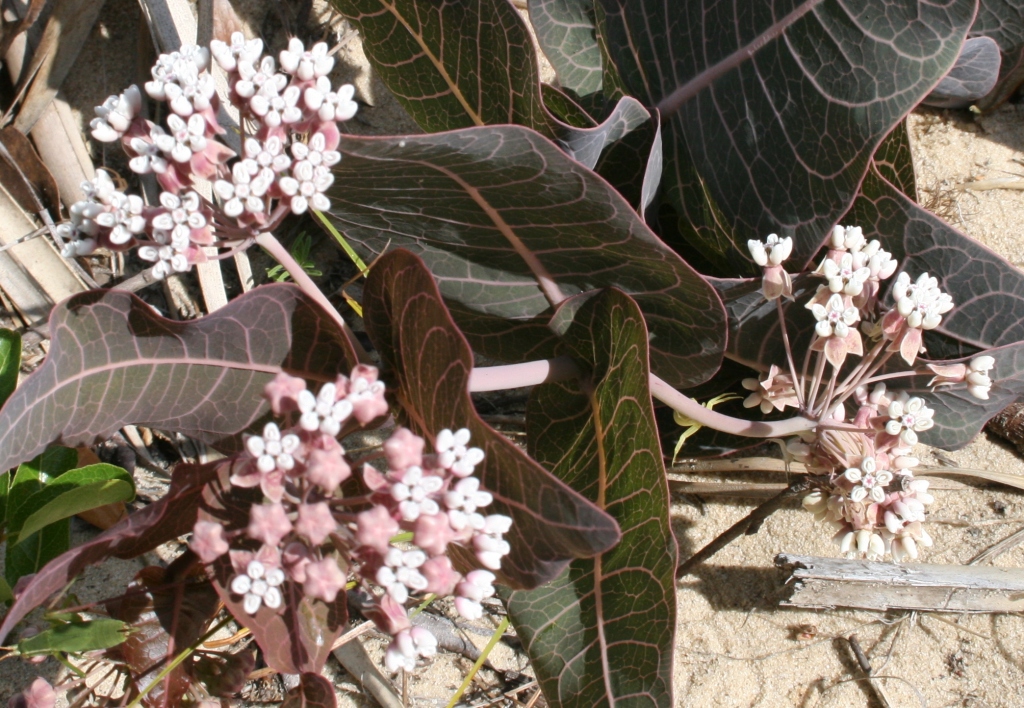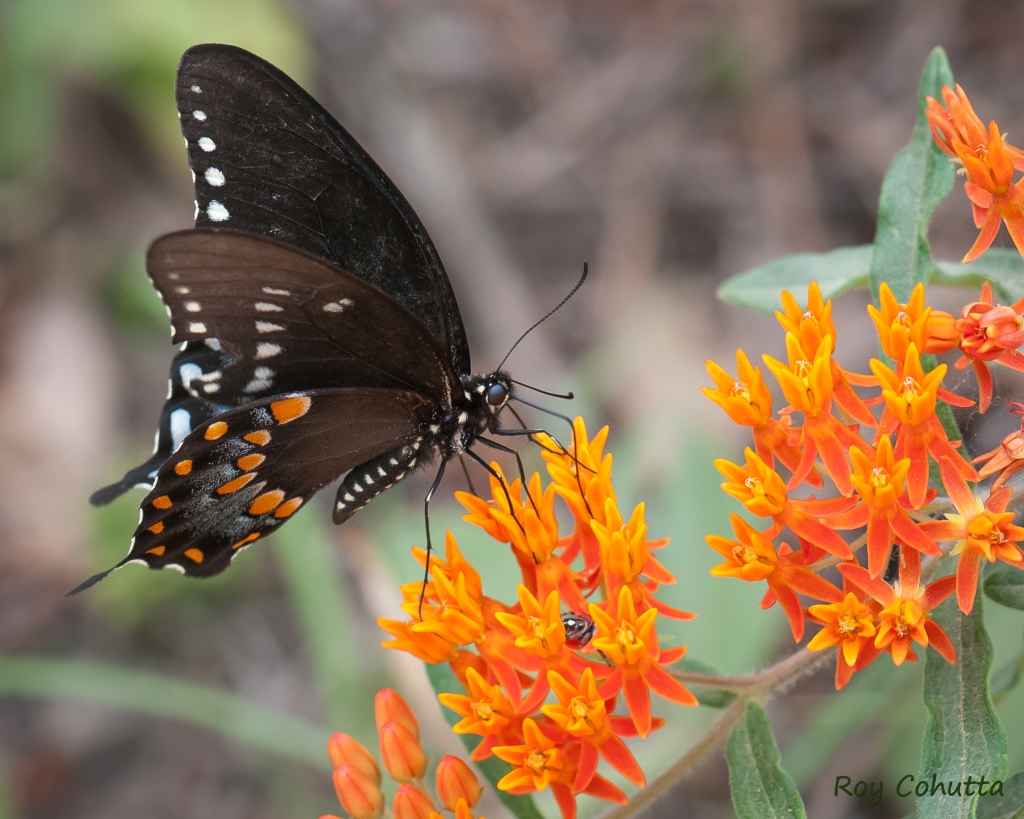Tag: Spring blooming
-

Plant Profile: Redring Milkweed (Asclepias variegata)
The flowers of this milkweed crowd together in balls, creating a snowball effect that is especially stunning when plants are grouped in masses. This milkweed is not a preferred food source for Monarch caterpillars, but it still produces abundant nectar, making it a great pollinator-supporting plant to have in your garden. Read more
-

Plant Profile: Sandhill Milkweed (Asclepias humistrata)
Also known as Pinewoods Milkweed, Sandhill Milkweed is a unique species that tends to sprawl along the ground and prefers growing in sandy soils or dry pine barrens. Alongside its pretty blooms, this milkweed has interesting leaves that turn almost purple as they age and bear pink to lavender veins. Read more
-

17 Drought Tolerant Plants for Spring Blooms
Planting native is an excellent way to conserve water because native plants in general need much less water than non-natives. Choosing native plants is a great way to help pollinators, the planet, and your wallet! Here are 17 drought tolerant plants that bloom in the spring to support early pollinators. Read more
-

Plant Profile: Lanceleaf Coreopsis (Coreopsis lanceolata)
This native wildflower is a great option for beginners, as it is easy to grow from seed and easy to find for sale. Lanceleaf coreopsis supports 22 species of bees, and birds like to eat the seeds. It is perfect for creating a wildflower meadow, and it is very tolerant of most growing conditions. Read more
-

Plant Profile: Lyreleaf Sage (Salvia lyrata)
Lyreleaf Sage is an amazing ground cover that is heat, humidity, and drought tolerant, evergreen, and tough enough to tolerate being walked on and mowed over. It’s flowers are attractive to bees and hummingbirds. Its aggressive spread and tolerance for a wide variety of growing conditions make it an excellent lawn alternative. Read more
-

Plant Profile: New Jersey Tea (Ceanothus americanus)
New Jersey Tea gets its name from the fact that its leaves were used as a tea substitute during the Revolutionary War. It is a tough, low-growing shrub that has a deep taproot, meaning it is highly resistant to drought and even recovers well after fire. Read more